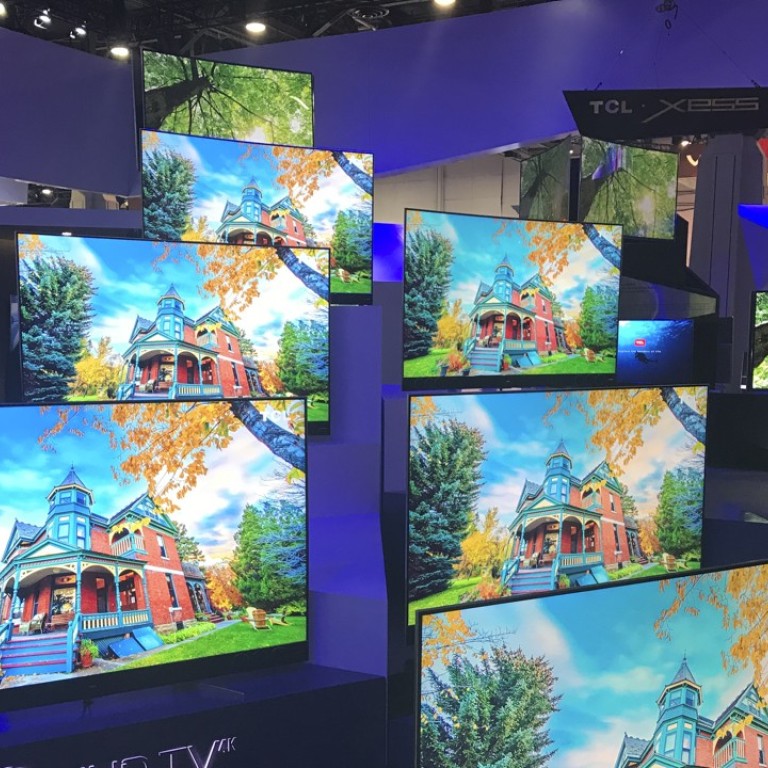
The complete guide to buying a TV – flat or curved, HDR or 4K, for streaming films or gaming, or just for its looks
There are so many types of TV on the market that it’s difficult to know where to start. Thankfully our guide will clear up the jargon and let you know whether you want OLED, Ultra HD, 4K or a curved screen
Buying a TV these days can be a nightmare. From 4K and HDR to LED and OLED, the jargon involved is horrific. However, if you know what you want to watch, and where you’re going to put it, buying a new TV need not be complicated.
Mid-range flat TV
Your first decision is about the size of TV you’re after, but that’s inextricably tied to what resolution you want. Today, all TVs are at least Full HD resolution (1080 x 1920 pixels, about two megapixels), but more and more sets coming on the market are step-up 4K TVs.
Also called Ultra HD, 4K TVs have a pixel count of 3840 x 2160 pixels, which equates to just over eight megapixels. That may sound grand, but no broadcaster uses 4K just yet. Right now, you’ll find it only on new Ultra HD Blu-ray players, streaming services like Netflix and Amazon (if you pay extra), and on games consoles including the PlayStation 4 Pro and Xbox One S. The same goes for HDR (High Dynamic Range), a colour-boosting technology.
What can be considered an advantage of 4K TVs – especially in Hong Kong where most flats are small – is that you can sit closer to one. For Full HD TVs the rule of thumb is to sit about 1.5 times the screen’s diagonal measurement, so if you buy a 55-inch Full HD TV, plan to have your sofa about 2m away. However, for a 55-inch 4K TV that figure is just one metre.
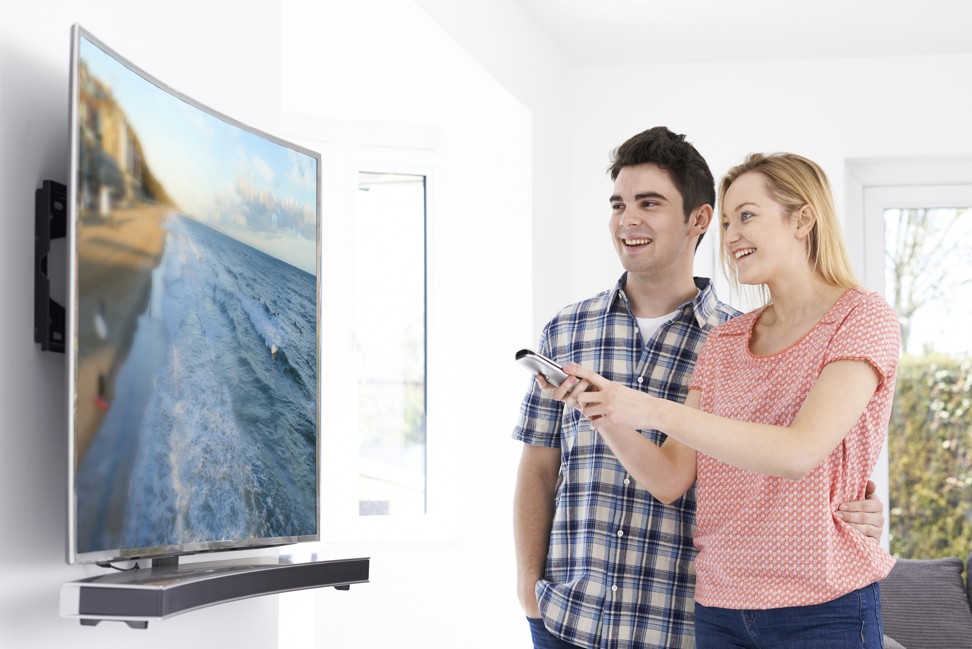
Curved screen TV
A few years ago the TV industry threw us a curveball and started producing TVs with a bend. Their novelty appeal has worn off slightly, but they remain in most of the major brands’ repertoires. Are they worth it? Despite being marketed as a simple way to create more immersive viewing, the angle of the curve is usually so slight that it makes little difference.
Also, in your field of view it actually makes the corners of the TV protrude slightly, and you get a distorted image. However, the biggest problem is with reflections; if there’s a window or a lamp anywhere near the TV, you can bet that a curved TV will always find it. Some curved TVs come with reflection-proof filters, so do try them out in-store. The alternative is to watch them in a total blackout, which isn’t practical.
That’s not to say that curved screens are useless; as desktop PC monitors they work really well, especially the stretched “ultra-wide” versions that essentially replace messy dual-screen set-ups.
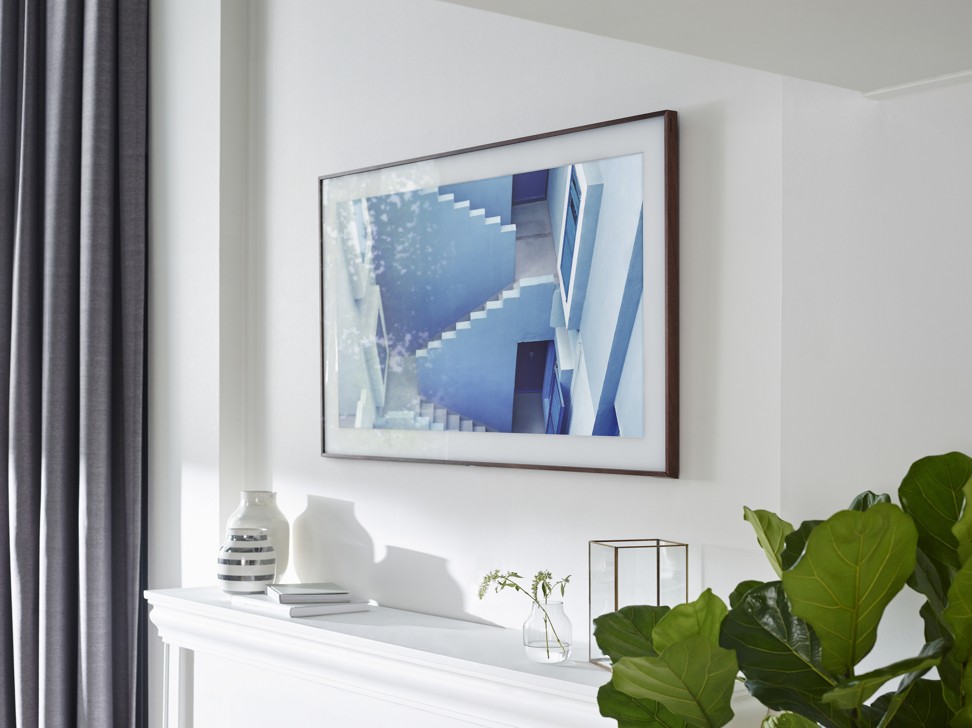
What a TV looks like when it’s switched off has always been important, but perhaps now more than ever. If money is no problem, wait a few months for LG’s 2.57mm Signature W OLED TV, the 77-inch OLED77W7P (about HK$155,000). The “W” stands for wallpaper, and the image quality is as good as on LG’s standard 4K OLED TVs.
Meanwhile, Samsung has developed a new concept of TV called The Frame, which will soon be available in both 55-inch and 65-inch sizes. The smaller will sell for about HK$19,000. Main features include “invisible” cables, a built-in wall mount, and a motion sensor that plays an image when someone is in the same room.
The only problem with buying a TV that looks like a framed picture is where you hang it. When you sit down on your sofa to watch TV, or for some gaming, the TV needs to be at your eye level. In fact, TV installers recommend that you make sure that the middle of your TV is mounted at eye level for maximum comfort.
Neither Samsung nor LG appear to realise this because their marketing images put TVs a lot higher on the wall than that. If you do want to mount a TV any higher than eye level, which is pretty low, you’re going to need a tilting TV bracket if you’re to avoid aching neck muscles. Neither The Frame nor the W7 provide that as an option. Are they style over substance? Almost certainly.
They may be slimmer and better-looking than ever, but TVs will remain a pain in the neck to buy for some time yet.
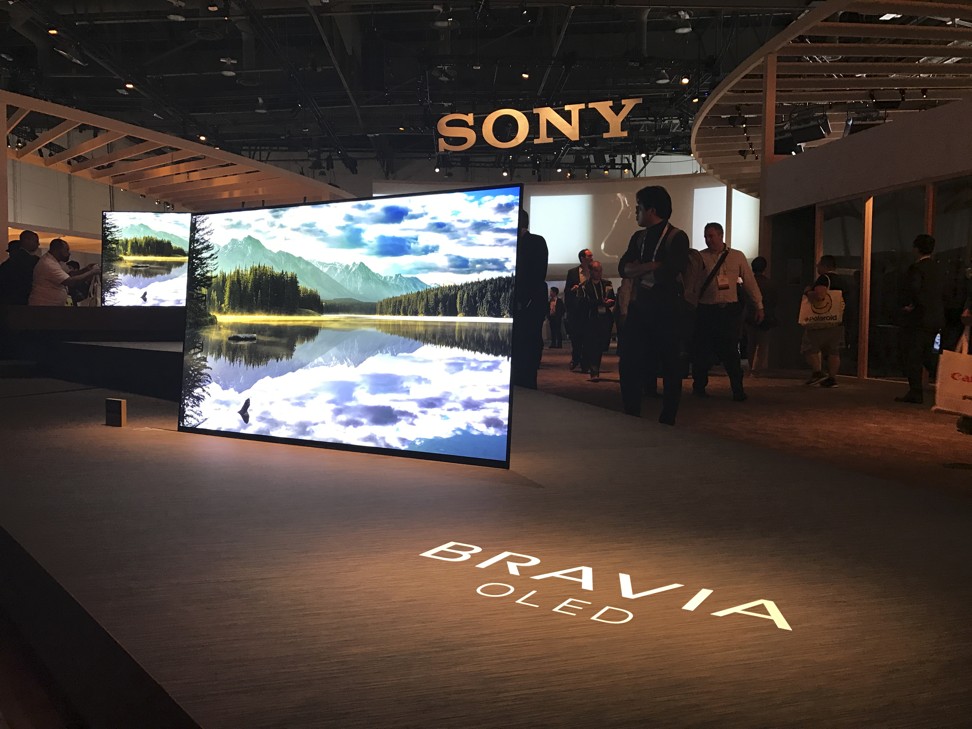
Best screen for films
If you want the very latest and greatest TV for films, it has to be OLED.
Big screen organic light emitting diode (OLED) TVs are super-slim and super-expensive, whether they come from LG, who makes the panels, or from Skyworth, Panasonic, ChangHong or Sony, which have all embraced the technology for 2017.
Watching an OLED is a giddy experience the first time, so fluid are the images. OLED TVs emit their own light when an electric current is passed through, so two pixels next to each other can separately produce deep black and bright white (LED-backlit LCD TVs are much less precise). Cue the best contrast ratio, much deeper, more realistic black levels, almost no motion blur, and a muted brightness than adds a cinematic feel. So, it’s perfect for movies.
No wonder OLED is also the choice for most luxe smartphones these days including, if rumours are to be believed, all of Apple’s iPhones from 2018 onwards.
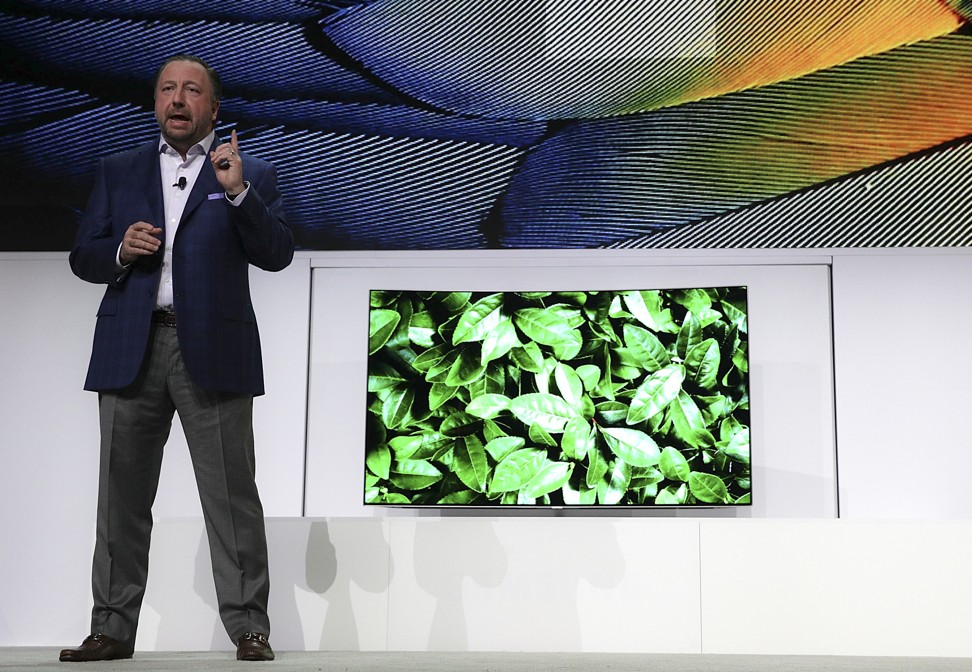
Best screen for gaming
If you plan to use a TV for gaming, you want sharp moving images that are comfortable to look at even when the on-screen action is fast. This is all about response times, but also brightness, and this is where a high-end LED-backlit TV is at its best.
The most impressive in that field is Samsung’s answer to OLED, the rather similar-sounding QLED. It’s based on LED-backlighting technology that is hardly new. Is QLED just marketing hype or a genuine jump in picture quality? Early demos suggest that its forthcoming Q9, Q8, and Q7 QLED TVs are highly impressive, and they’re cheaper than OLED TVs. Bold, brighter images with incredible HDR colour depth are the headline acts here, making them ideal for gaming.
We recommend a at least 50-inch screen if you want to see noticeably more detail from 4K.

